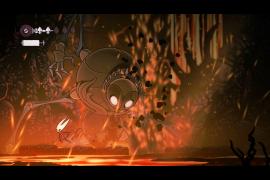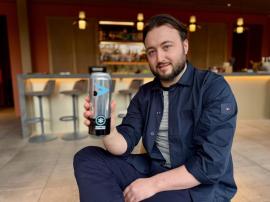Can VR football make you a 5-a-side pro?
Rezzil is used by Premier League pros and World Cup winners. Can it help us beat our mates?
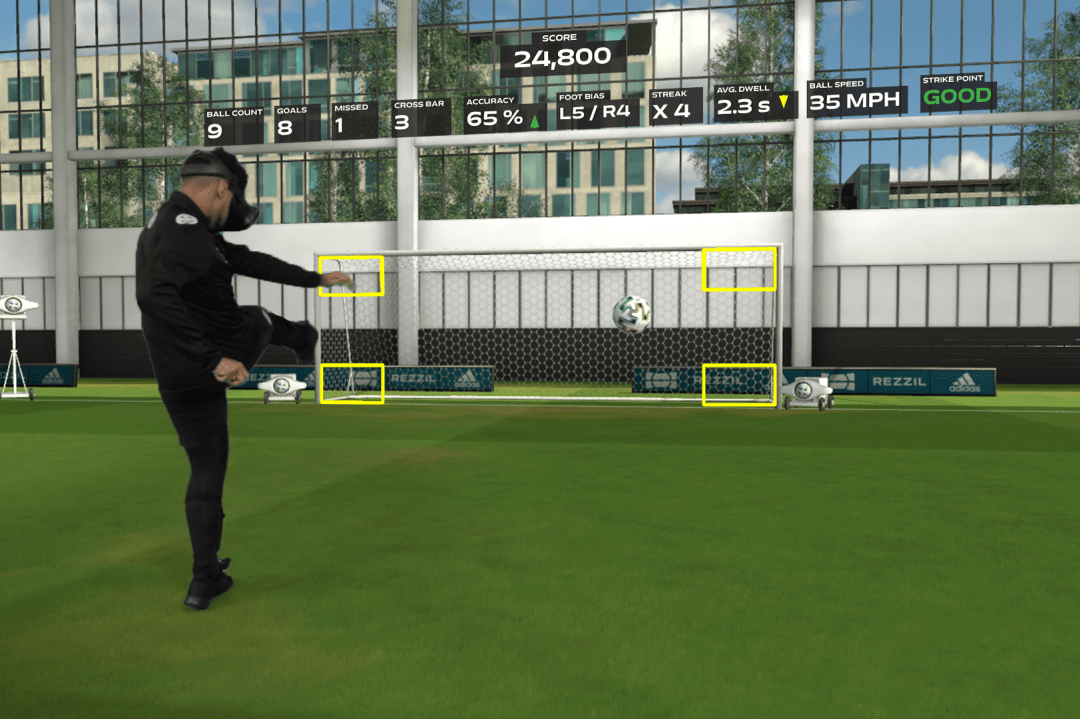
The downstairs offices of Rezzil are nestled in a slightly bougie part of Manchester City centre, where you’ll regularly see footballers dining out post-match. I’m there on decidedly less glamorous rainy Wednesday morning to meet company founder and sports director Andy Etches, to find out how VR football could be the future of football training.
Rezzil is a collection of virtual drills designed to analyse, educate and improve professional sportspeople. Etches started Rezzil in 2017 after working in football for over a decade, largely in the data, analysis and performance side of the game. He helped win the league with Manchester City in 2014, and later spent time as a consultant for teams within the EFL and Premier League.
Rezzil has grown quickly since it was founded by Etches, with friends Adam Dickinson and Gareth Thatcher. It’s now used in academies and by World Cup winners. It has big name backing, with Arsenal legend Thierry Henry, Gary Neville and Cesc Fabregas all named as investors. There are global stars who use it to up their game, but Etches can’t mention specific names (or, at least, they can’t be printed). “Maybe it’s Haaland or Saka,” I think to myself, which isn’t so ludicrous given it’s used in Manchester City and Arsenal training sessions.

I’m not interested in silverware, golden boots or representing my country on a global stage, though. I’m in the Rezzil studio for what is arguably a more important, noble pursuit. Can VR football help me be a better 5-a-side player?
5-a-side is a special beast of its own, a version of flailing football played on leisure centre courts in the freezing cold. It’s frenetic and unnecessarily competitive, a game where local legends are made and middle-aged strangers might just break your leg with a misplaced tackle.
I’m the type of 5-a-side player who’s far more attracted to the fun of it, rather than being what someone might describe as ‘good’. Can Rezzil help me change that? Etches thinks so. Admittedly, using pro training software for what is essentially a kickabout may seem like overkill. But what Rezzil promises is real improvements on the pitch, so why not astroturf?
First, he talks me through how it all works. His office is adorned with football shirts from some of the top tier teams Rezzil works with. There’s the crest of the Brazilian club side Flamengo and a signed shirt from Mexico City’s Club América. A Manchester United shirt hangs pride of place, which is Etches’ team and also the first team to use the Rezzil platform professionally.
Standing on a tiny football pitch, Etches explains how Rezzil can be used practically by a team. Fundamentally, Rezzil pinpoints player issues and improves them, but it’s much more than that. A scout, he explains, won’t just look for pass accuracy or speed. They’ll look at how a player reads the game. Can a player spot their teammate making a run? Or do they buckle under the pressure of pressing opponents? A pass may miss its target, but is it a one-off error or a flaw that needs improving? These are key attributes that are hard to quantify from the sidelines. But this data can be gathered through Rezzil.
Rezzil’s technology also aims to reduce conflict on and off the pitch, Etches goes on to say, by giving managers a new viewpoint. A manager may see a bad pass and wonder why their player made that decision, for example. But, by being able to see what a player saw in that moment, a manager can better understand their thinking.
Soon enough, I’m holding two controllers, my feet are strapped with sensors, I pull a VR headset over my eyes and I’m hooked up to the Rezzil system for a 20 minute session.
There are exercises that assess my first touch and others that track how well I spot teammates making a run into space. Instinctively, go to place my foot on the ball only to realise it’s not actually there. There are tests that track my foot bias (overwhelmingly right) and how composed I am under pressure (relatively OK).
In one drill known as the rondo scan I’m surrounded by a semi-circle of small nets. I’m tasked with receiving a ball from a random direction and placing it into a different goal in quick succession. Designed to test my scanning, passing and receiving abilities, I felt relatively confident I’d nailed it. I’m quickly humbled, however, when I take off the headset and check my stats. The data tells me I was looking forward the whole time. In a real game, I’d have been blissfully unaware of what was happening around me.
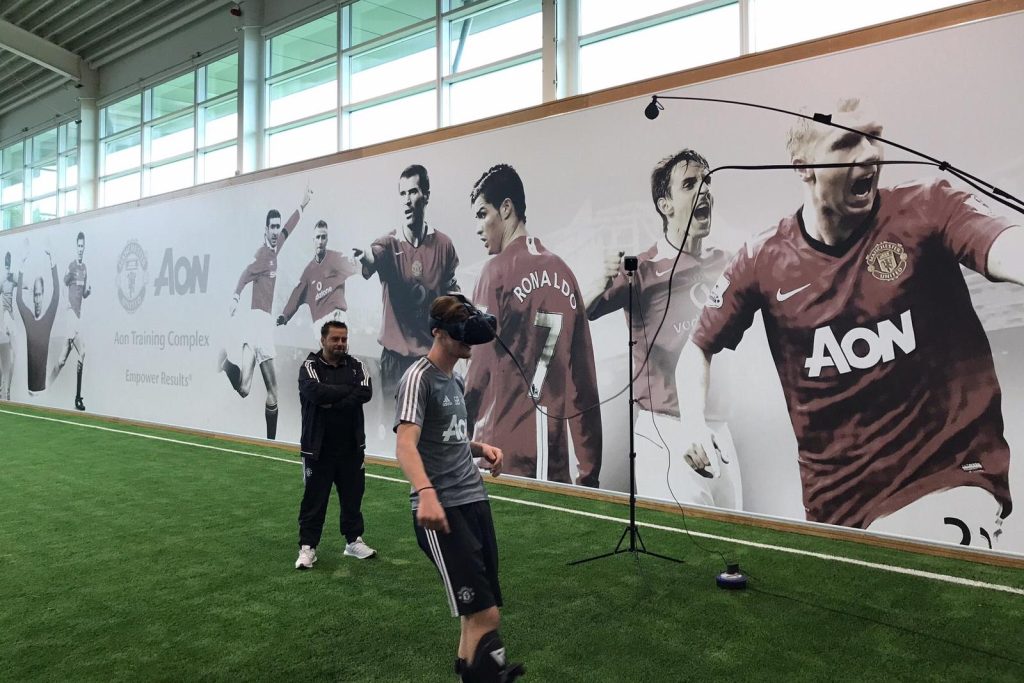
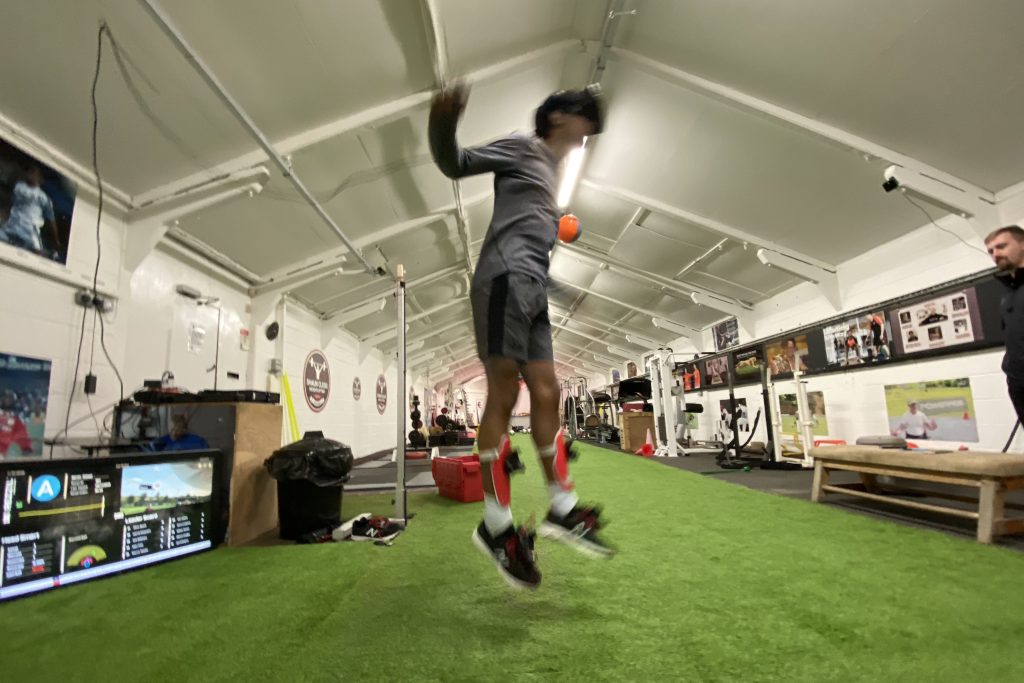
Clearly, there was much to improve, but I left knowing what areas I needed to work on. Mostly, that was my spatial and situational awareness. But Romário wasn’t built in a day, so taking a Meta Oculus 2 with me I left the Rezzil offices and took my training home.
Back in my living room I boosted up Rezzil’s at home software, the Rezzil Player. It’s a much more scaled-down version than what I used before. At £15, it’s going to be when compared to the £400-600 per month pro version. It doesn’t use foot sensors for passing, only a headset and two handheld controllers. The football games are mostly based around heading drills that monitor power, accuracy, spatial awareness and reaction times. Other games can help up your game in basketball or American football. One test, designed to improve a boxer’s reaction time, is a workout in itself.
These tests are relatively simple in practice, with training categories broken down into Control, Shooting, Clearing and Passing. Some have you heading balls into floating hoops or to virtual teammates for a well-timed pass. Clearing has one main goal, to head the ball high and hard. Shooting is all about accuracy, or the occasional fluky goal. You can also recreate famous goals from history. When I play, it’s David Wetherall’s 12th minute bullet header for Bradford City against Liverpool in 2000. Sadly, after many attempts, I failed to echo Wetherall’s glory.
The data it feeds the player is impressive. ‘Control’ drills break down your score into an average header speed, accuracy and how often you hit the ‘sweet spot’. A tiered level system continues to up the ante as your skills improve, which are then analysed over time – there are genuine moments of delight when you see yourself improving. It will also rank your efforts to other players across the world (on one drill, I stand at 5074 on the leaderboard, around 1,750,000 points from the top spot). The pro version takes this analysis further, and allows coaches, scouts and managers to view a plethora of player data in realtime, from vision scope to heart rate variation (HRV).
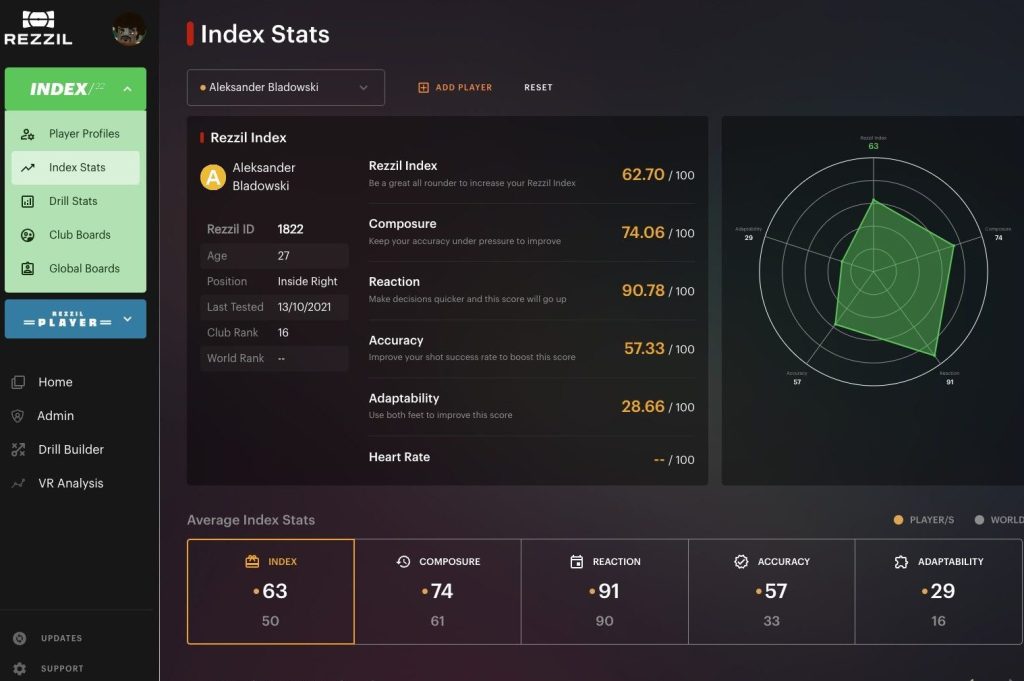
At first, it’s easy to ‘play’ VR football exactly like a video game. You quickly realise, though, it’s supposed to be treated like a real game of football, albeit one played in your home. That means keeping on your toes, winning headers in the air and scanning the pitch for opponents, all while navigating coffee tables and wandering pets. The fear of accidentally headbutting a mirror is real, but over time finding your form becomes second nature.
All this training, sweat and perseverance, though, was worth nothing unless we could recreate it on the pitch. In my case, that is the hallowed turf of Halifax College, West Yorkshire.
To my surprise, using what I learned on Rezzil in real life came surprisingly naturally. Admittedly, that may partly be down to the advice Etches gifted me, someone who’s literally helped guide a team to the Premier League title. But I grew more aware of my surroundings. When I pass, I think back to the faceless mannequins closing me down and kept my composure (sometimes, at least). My form improved, but whether that lasts is a different matter altogether. My left foot still needs work and I didn’t score any headers either, but I’m confident my David Wetherall moment will come one day. We did win 9-6, though. A typically bonkers, quintessentially 5-a-side scoreline.
Did Rezzil up my game, then? I believe so, at least for that one hour on a floodlit astroturf court. Over time, I’m confident VR football would prove to be a good companion to improve further. Will it replace more typical, fundamental training? Of course not, but that’s not its intention. It’s meant to give the world’s best teams that extra edge. For me, I just want local legend status.
